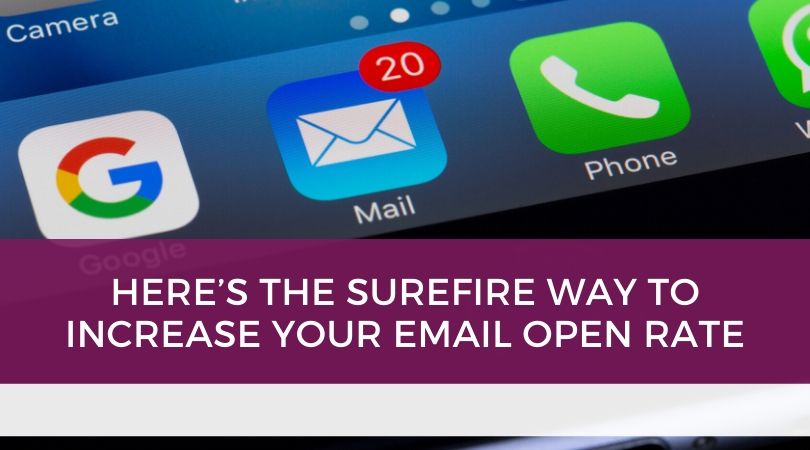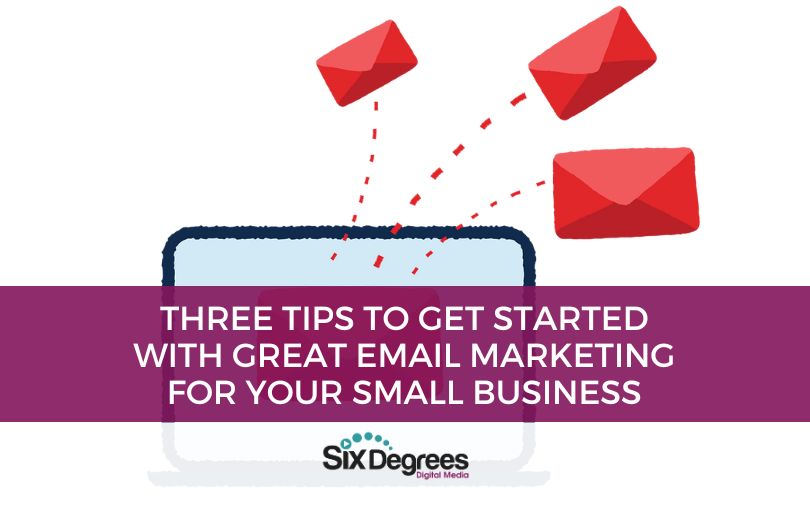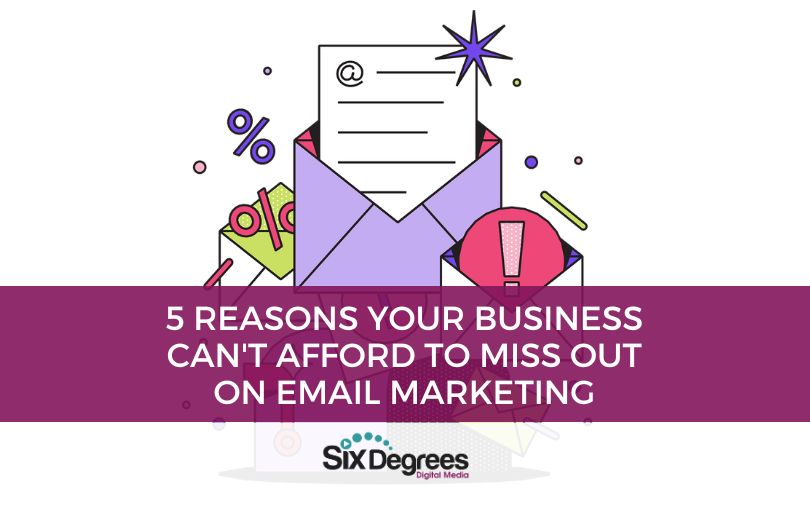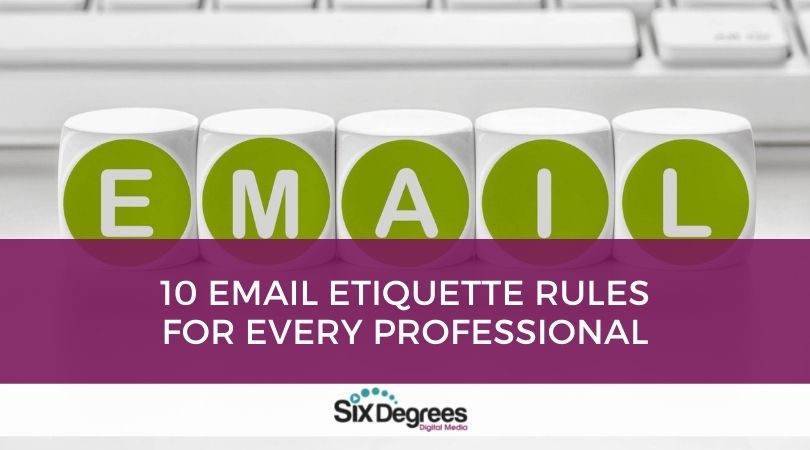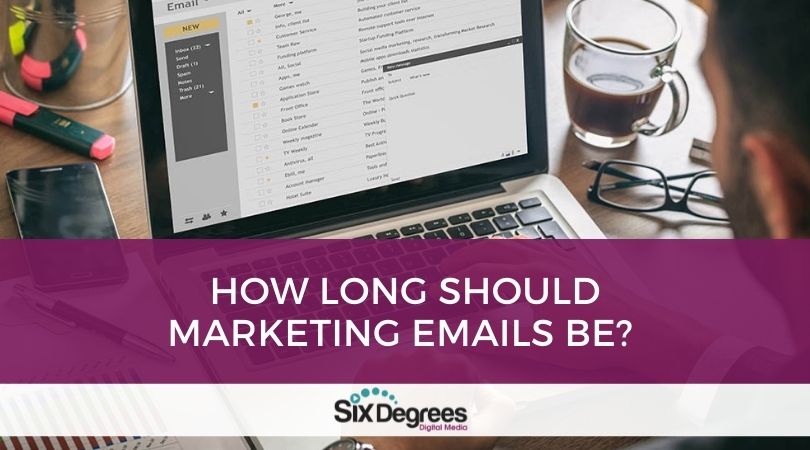Stop sending newsletters! Find out what you should do instead…but only if you want better open rates and more traffic.
If you’re sending newsletters to your email list, that is basically the business version of a Christmas letter that families used to send, then let me tell you something – few people are reading them. Well, maybe your relatives, if they are subscribed to your list that is.
People have enough emails flooding their inbox. Sending a generic newsletter covering the happenings at your business will get you an invite into their spam folder or a click on the “unsubscribe” link. But don’t worry. We’ve got the solution for you to keep your subscribers happy and hungry for every word.
Drip. Drip. Drip. Drip. Drip.
No that’s not a leaky kitchen faucet reference. It’s the email strategy savvy business owners use to captivate their audience and turn subscribers into customers.
Here’s what it looks like.
The 5 Email Drip Campaign Road Map
An email drip campaign is NOT like a newsletter. Instead of updating your subscribers about your latest office addition, you’re sending them a specific set of emails that take into account content, timing, and most importantly your sales funnel.
Email drip campaigns are meant to guide your subscriber down the path of their own choosing. A complex drip campaign includes multiple segmentations – kind of like the “choose your own adventure stories”. Composing your first campaign doesn’t need to be nearly so robust. Although everyone loves a hero story.
Here is a simple email drip campaign method you can use.
#1: Lead Magnet Delivery.
Timing: Immediately upon subscribing
Content: Your first email needs to be value-driven. Clearly tell your subscribers what they will be getting when they sign up for your list. A guide to brewing beer? A discount code for your eCommerce shop? A free invitation to your in-person summit? The options are quite endless and you may need to develop multiple lead magnets to test out their market viability.
Remember you need to deliver a lead magnet that your ideal clients want.
#2: Checking In & Pain Point
Timing: 1-3 days after sending the first email. Timing is important. You don’t want to overstep your welcome with 5,6,7 emails in 24 hours. But you don’t want to wait so long that they forget you. Also, timing gives them a chance to look over your lead magnet.
Content: The second email your subscribers receive from you needs to stir the pot, touching on their pain point (the reason they joined your list). You know why your clients come to you, what problem they are trying to solve. They know it too and considering they are on your list at all, they are clearly looking for solutions. They are currently in the problem-aware stage – they know there is a problem and are researching different solutions.
Your subscribers likely aren’t familiar with you, your business, and what makes your product unique – but DON’T FOCUS ON THAT YET. I know you’ll want to but think of this as a cliffhanger email – meant to whet their appetite and have them salivating at the mouth to read your next email. This email can be long or short. Explore a specific pain point your clients have and tell them you’ll be following up.
#3 – Show them a solution
Timing: 1-3 days after your last email.
Content: Spend the very first part of the email relating to what they must feel with regards to their pain point. Then transition to offer your solution. If you have a free trial period, supplemental free products, a Facebook group, or another secondary lead magnet you may offer it at this time. Show your subscribers what makes your product or service different. Do you sell the softest T-shirts this side of the Mississippi? Bringing in testimonials can also be effective.
#4: Make them an offer they can’t refuse Timing: 1 day after the last email
Content: In a perfect world you have written three emails that have your subscribers dying to work with you. You are THE ONE that they have been waiting for and they are ready and willing to pull out their credit card. In reality, this isn’t always the case, so don’t be discouraged if you make them an offer you think they can’t refuse, but they DO.
You can add in additional emails similar to email #3 before making an offer, and you can send additional emails after this series to encourage your subscribers to make a purchase or become a client.
This email can be long or short depending on your brand image. You can bring in testimonials again, and be sure to include two or three links to the next step. If you are promoting a certain online course, digital product, or service – make it easy for your subscribers to see how to sign up – this includes buttons in your email as well as embedded links.
#5: Remind & Re-offer
Timing: 1-2 days after the last email
Content: Reiterating everything you’ve already said. Condense it to be sure it’s concise. If a subscriber has deleted every email you’ve sent except this one it still needs to be effective. If you have a disappearing offer, something that is only available for a limited time, you’ll want to remind your subscribers that it will be gone in x number of days.
You can do these 5 emails to lead your subscribers to another free product then start the process over again. You can also send follow-up emails to this group highlighting new products or services you offer. Basically, you can have a complex email drip campaign but this is a good place to start.
Sitting down to write five emails may not seem like a big deal to you. Why would it be when you are a wordsmithing genius? However, if writing five emails is a chore, you’d rather forget, just schedule a complimentary strategy session with us today. We can help you develop, write, and set up your email drip campaign.

